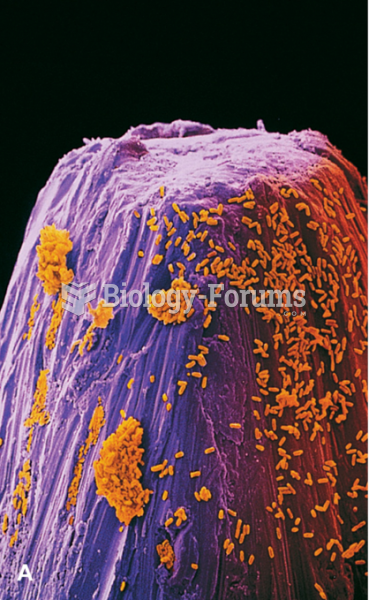|
|
|
Persons who overdose with cardiac glycosides have a better chance of overall survival if they can survive the first 24 hours after the overdose.
More than 4.4billion prescriptions were dispensed within the United States in 2016.
People with high total cholesterol have about two times the risk for heart disease as people with ideal levels.
Vital signs (blood pressure, temperature, pulse rate, respiration rate) should be taken before any drug administration. Patients should be informed not to use tobacco or caffeine at least 30 minutes before their appointment.
Amphetamine poisoning can cause intravascular coagulation, circulatory collapse, rhabdomyolysis, ischemic colitis, acute psychosis, hyperthermia, respiratory distress syndrome, and pericarditis.
 The experimental approach used by Masui and Markert to identify cyclin and cyclin-dependent kinase (
The experimental approach used by Masui and Markert to identify cyclin and cyclin-dependent kinase (
 Several species of squirrels have melanistic phases. In large parts of United States and Canada, the
Several species of squirrels have melanistic phases. In large parts of United States and Canada, the
 If sociologists were to study land diving on Pentecost Island in Vanuatu, they could use a variety ...
If sociologists were to study land diving on Pentecost Island in Vanuatu, they could use a variety ...




